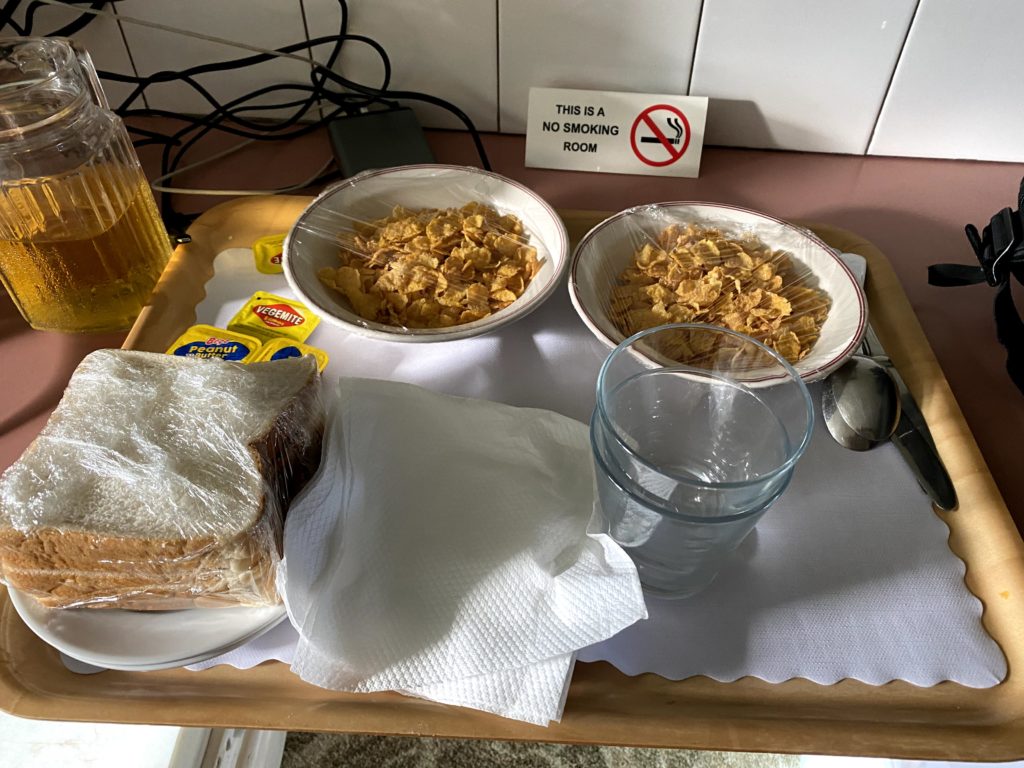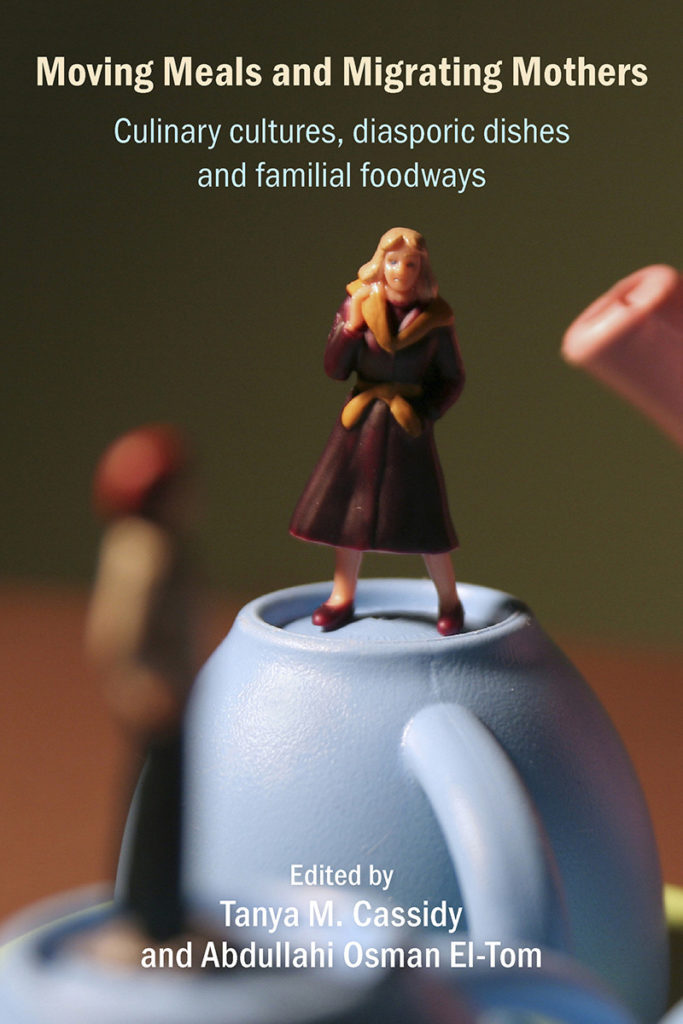I have long been interested in the significance of food for migrants. As a child whose family moved to Aotearoa, New Zealand in the 70s, I remember the singular pursuit of ingredients. The long-grain rice we tried to buy from an importer, the coriander we grew in the garden, my mother purchasing olive oil from the pharmacy (that’s another story), and the trips to Goa which had us return with dried kokum, dried shrimps, Goa sausages (confiscated) chilies and other spices, much to the bemusement of customs. I also remember the longing: for pickles, chevda, samosas and much more.
On a scholarly note, I am also interested in what happens when food (and the people attached to said food) encounter institutions. Whether it’s the sign on the wall in the motel that says ‘no smells thanks’ or public institutions that we expect in an age of consumptive diversity to also accommodate people’s preferences and lifeways. In 1994 I worked on a postnatal ward and became interested in how the public health system accommodated the dietary preferences of diverse populations. Food choices were primarily oriented to the dominant culture, so people often brought in food for their family members. Yet there was only one place where food could be warmed and it was the staff meal room. The different smells led to complaints from staff.

Later, in 2001 when I was researching the experiences of Goan women in New Zealand around birth, it became apparent that food played a crucial role both in settlement and at special occasions. Lorna for example said: “Goan things like moong, godshem and other lentils, millet, tizan, and things like that, you know”. For Rowena, the absence of family meant that she had to prepare her own meals and did not eat anything special. While Greta, had maternal figures taking care of her: “Fenugreek seeds and jaggery and coconut milk [Methi Paez] and she kept giving me that and I found that quite nourishing”. The importance of food extended also beyond postpartum health to inducting the new member of the family into the community at the christening. Flora spoke about how according to Goan tradition, coconut and boiled grams (chickpeas) had to be served. “My aunt was going around to all the Kiwi guests saying …chickpeas are the food of the soil, and coconut is also a food of the soil.”
This brings me to the purpose of this blog post. In my PhD, I spoke with birthing people about their experiences of cultural safety and services. It has taken a while, but from this work, I’ve written a book chapter that is about to be published by Demeter Press.
Abstract
Hospital admission signifies the induction into a distinct patient subculture in Western medical healthcare systems (Yarbrough and Klotz). Clothes, belongings, and identity are relinquished, and autonomy over everyday activities and routines is ceded to health professionals and institutional processes. The dominant mode of biomedicine emphasizes the individual and the physical body, shifting a person from a socially integrated member of a community into an object who receives care. Food structures both our daily lives and life transitions, such as maternity, and is an arena where powerful values and beliefs about being a human are evident. More than sustenance and nutrition, food has social, cultural, and symbolic meanings. Practices relating to food demarcate cultural boundaries of belonging and not belonging on the basis of religion, nation, class, race, ethnicity, and gender (Wright and Annes; Bell and Valentine). Being unable to access one’s own food can result in cultural disadvantages, in which a person is separated from their own cultural context and cannot provide for themselves within an institutional environment (Woods).
Examining the significance of food in the institutional context of health highlights how people are racialized by the foods that they eat and how institutions and staff working within them regulate migrant bodies. This chapter analyses literature related to food and provides an excerpt from a study of migrant maternity in New Zealand. It shows how food habits are shaped by everyday institutional practices, which maintain order and simultaneously impose disciplinary processes on migrant bodies. The preparation of food represents the continuity and affirmation of tradition and culture, a mechanism for promoting wellness within the physical, emotional, and social transitions of birth. Food as an analytic shows how ethnic identity is performative and processual—that is, it reacts and is reacted to by the host culture. I propose that health services can provide care that is more culturally safe by developing a better understanding of the importance of culture and food in constructing, maintaining, and transforming identities and by providing facilities and resources to facilitate food preparation during the perinatal period.
